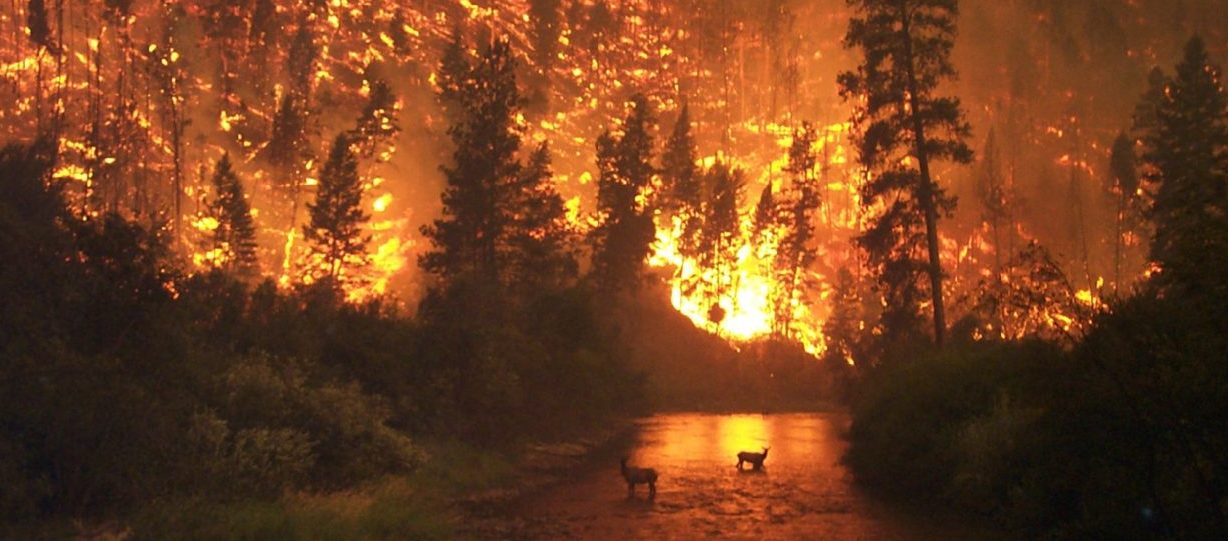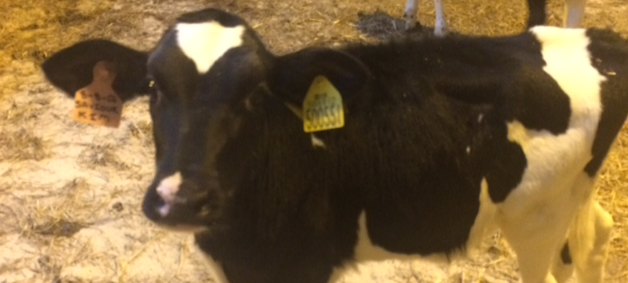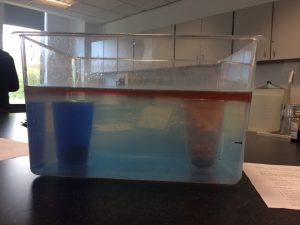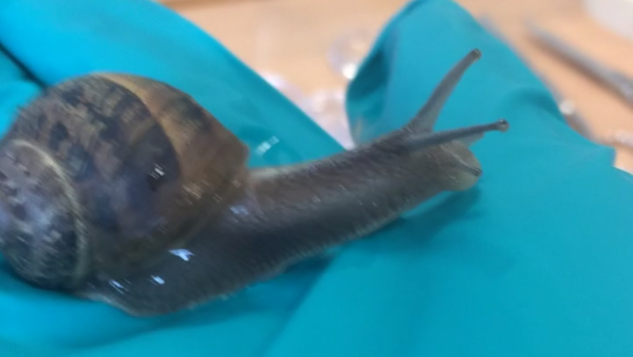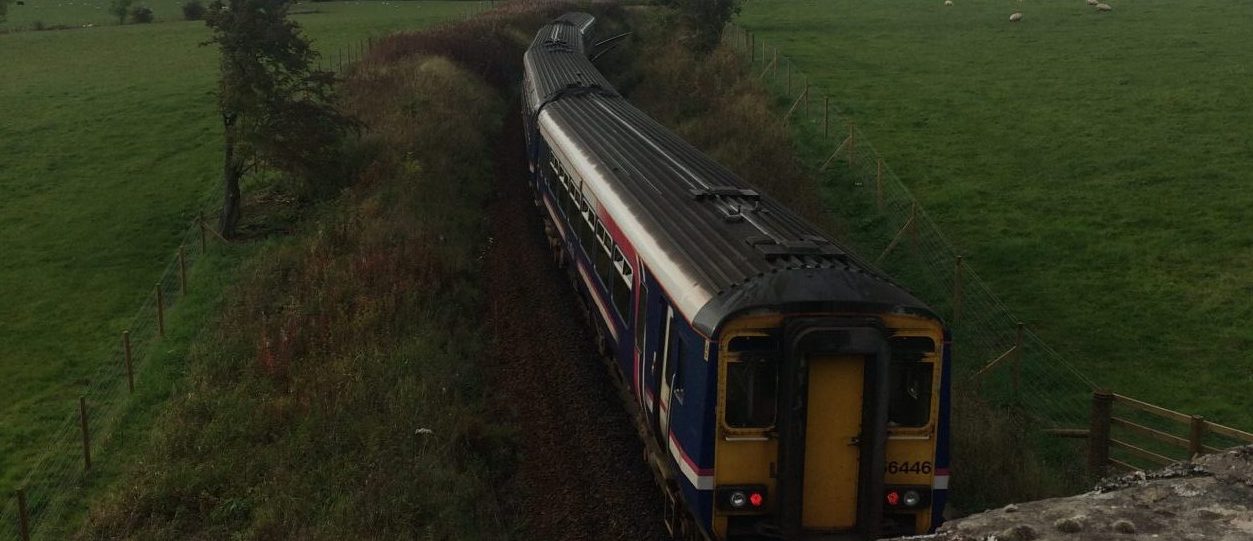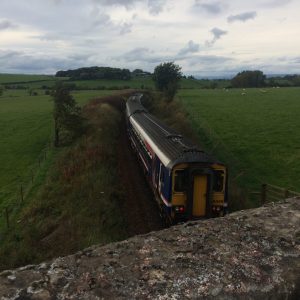During our eight serial days we had a study task, where we gathered information, talked to the teacher, reading policies and observed outdoor learning.
Mapping of school grounds/area.


- This is a map of Heathery Knowe using Digimap. This shows where everything is including the school grounds, roads and football pitch is. I used google maps to get a aerial view, because Digimap had not been updated.
- This was a tool I used in Digimap to calculate the area of the school grounds, in which the children can play in. The area is quite big, and the children can play on the grass, so all this area is used for play.

- This is a close-up of the playground. This shows evidence of interaction of sustainable development. They have a garden area, where they plant vegetables.
- This is beneficial as due to the increase engagement with nature they learn more about how plants grow, and why this benefits people and how it is necessary in the everyday world. They also have lots of seats which surround the grass. This was something that I noticed quite quickly because when I was at school we were told to never walk on the grass, but due to children wearing indoor and outdoor shoes in modern schools, this then enables them to have more freedom, and be one with nature. The children are told to eat their snacks on the benches in the garden.
- This helps children to familiarise themselves with nature and have positive associations with nature and gardens.

- I asked the teacher where recycling bins where, and also if they had bird boxes. Unfortunately, they did not own bird boxes, which is probably because they do not have many trees. They should definitely try it because children would love to bird watch and get the feed out for the birds.
- This would improve their interactions with wild animals and learn to watch and observe how they thrive in the world. Many activities could be done in order to teach children about birds, like the food chain, the way that they move and what they look like.
- I asked the teacher if they had recyclable bins, however she was unable to confirm. There was no recycling bins within the classroom, and a mixture of materials were put in the same bin. This suggested to me that the children would not know much about recycling. I believe that they should do more to teach children about what materials can be recycled because this is a huge issue in todays society and things need to change in order for a healthier environment.
- I asked if they had litter pickers, the teacher said there was and that the children really enjoy getting involved. This is another great way that children interact with the environment and can make a difference when they try.
- I also realised from the digimap that they installed solar panels on the roof. This is a great way to get the schools involved to help safe the environment and cut down on burning fossil fuels. This is a great example of how the school used Sustainable Development.
- I asked some children about the outdoor garden areas, they said that they do not use them very much, which was evident from the overgrown weeds in the plant pots.
- A reason for this could have been from the change in weather as it was nearing winter and plants were dying. I also noticed that the children in the younger school and nursery loved playing in their own garden area, which had various plants and flowers.
- It is beneficial that they are young so that they can learn from a young age that the environment is important and that individuals need to care for it sooner rather than later.
